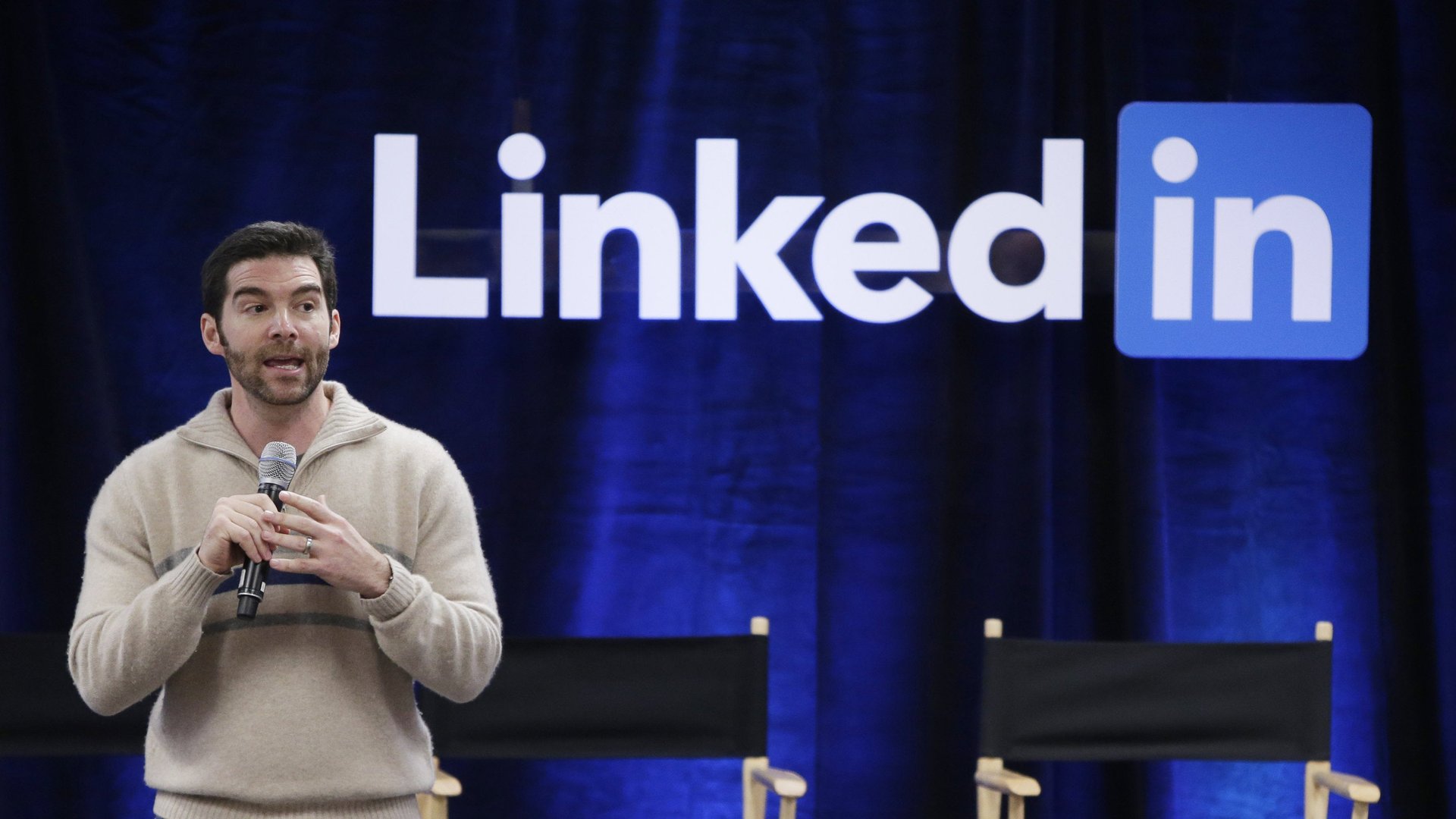LinkedIn skills tests will assess users—but will they predict performance?
LinkedIn wants to know what you know, and wants employers to know it, too.


LinkedIn wants to know what you know, and wants employers to know it, too.
The social network for professionals has rolled out a skills assessment tool—in the form of short, multiple-choice questions that take about 15 to 20 minutes—to allow users to validate their proficiency with spreadsheets, coding languages, and other work-related skills, and to help the site deliver more personalized job opportunities.
Users can now scroll to the skills section of their LinkedIn profile, and select one of the skills they want to validate. If you pass (placing in the 70th percentile or above), you will have the option to add a “verified skill” badge to your profile, and LinkedIn says it will serve up job postings relevant to your declared skill set. According to the company’s own research, early results show that candidates who complete assessments are 30% more likely to get hired.
When you take a skills assessment, LinkedIn will offer a report on your performance regardless of whether you passed or not. Of course, there is a business component, too: Assessment takers will be offered an opportunity to brush up their skills through one or more of the 15,000 courses on LinkedIn Learning, which is free for the first month, and then $29.99 monthly or $17.99 per month if you pay annually.
LinkedIn, which was founded in Mountain View, California, in 2002 and bought by Microsoft for $26 billion in cash in 2016, now has over 645 million users in more than 200 countries. The platform has struggled with keeping users coming back when they’re not looking for a job.
As a result, the networking platform has ventured into creative pursuits on the periphery of job seeking. It has multiple branded apps including LinkedIn Elevate, which allows you to “build your reputation,” and SlideShare, which lets users learn about a topic from over 18 million presentations, infographics, and videos by professionals. In 2014, LinkedIn acquired the news service app Pulse; it bought Lynda, an online video training site, for $1.5 billion the following year. LinkedIn also has dipped into the social part of networking, testing out a professional version of Instagram stories and creating a mentorship service, for example.
The newest tool reflects the growing demands of employers focusing on skills over pedigree in a fast-changing economy. As the platform continues to grow, there is also more of a need to verify users’ skills.
The combination of skills tests, courses, and relevant job postings is potentially a powerful one for LinkedIn, which is competing with a growing crowd of recruiting and networking platforms. Just last week, The Wing CEO Audrey Gelman announced that the women-focused co-working space is launching a jobs marketplace where members can post job openings and hire each other through a members-only app. In August, Handshake, a job site for college students, opened access to its platform to all undergraduate students attending a four-year university in the US. Google, Facebook—and arguably even Twitter—all have a jobs board component to their platforms. And Indeed, which bills itself as the world’s largest jobs site, started rolling out its own assessments more than a year ago.
Whether the assessment feature sticks around for the long haul perhaps depends on whether LinkedIn and its brethren can prove a link between the skills tests and not just successful job placement, but successful performance in the role.